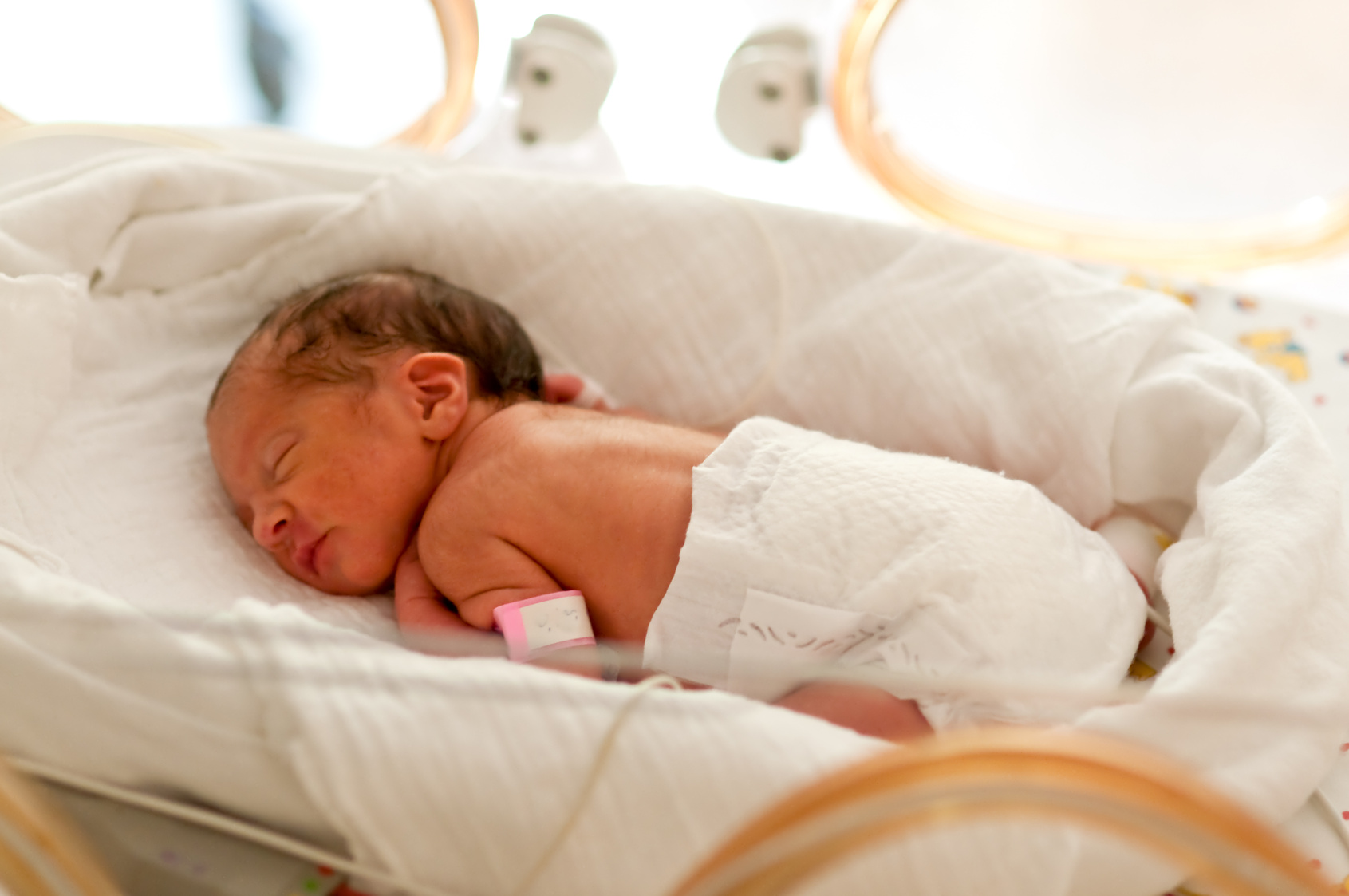With “ARTUS”, the ARTificial UteruS, experts have developed the world’s first artificial uterus, which helps premature babies to develop by providing sensory stimulation at the Hohenstein Institute in Bönnigheim.
About 50,000 premature babies are born every year in Germany alone. Some of them need intensive medical care in incubators for weeks or even months. However, it has been known for some time that these premature babies miss the spatial confinement and prenatal sensory stimuli of the womb (uterus). This lack can have significant consequences for these babies later on: many of the children go on to suffer from sensory or motor deficiencies as they develop, which have to be treated.
Now “ARTUS” can recreate the environment and sensory stimulation of a mother’s womb in the incubator. As part of a research project (ZIM project KF2136730KJ3), the Hohenstein scientists have developed their first prototype. Acoustic stimuli like the mother’s heartbeat and voice are transmitted to the premature baby, together with mechanical sensations like the gentle rocking experienced in the mother’s body.
Neonatologists, i.e. specialists in newborn and premature babies, are currently assessing the effectiveness of ARTUS for tiny babies by observing it in use. The aim is to improve the clinical well-being of the little patients. This can be assessed in a standardised way by using stress measurements, including what is called the Apgar score. Five components – heart rate, respiration, response to touch, muscle tone and skin colour – are measured at regular intervals and, depending on the result, given a score for each (0 = missing; 1 = weak; 2 = strong).
Project Manager Prof. Dr. Dirk Höfer of the Hohenstein Institute believes that using “ARTUS” will allow the clinical condition of premature babies to be significantly improved: “In these first observations, we will be satisfied if we can just see a general improvement in the condition of the babies under observation. We will then optimise the functionality of our prototypes and modify them for use in everyday clinical practice before launching the system on the market. But we have already covered some key aspects. For example, the sensory Artificial Uterus can be washed with disinfectant, and the way that the mechanical stimuli are generated does not involve the use of electric wires which could generate harmful radiation.”
The specifications for a therapeutic medical device such as “ARTUS” are always demanding. Firstly, the material properties of the textile, such as its feel, elasticity and resistance, must simulate conditions in the womb as realistically as possible. The best combination of fibre and fabric structure must be chosen. The artificial uterus will also incorporate a mechanical textile actuator to provide the sensory and motor stimuli and sensation of equilibrium that will promote the development of the infant’s brain. These earliest perceptions affect the whole of a person’s subsequent life and are enormously important for the sensory-motor development of children born prematurely. From the medical point of view, these sensory impressions from the uterus should be provided to the baby immediately after its premature birth. Children born too early often find it hard to judge spatial distance, control their muscle tension or perform complex sequences of movements. The researchers are even going a step further in their project and incorporating the mother’s heartbeat into the artificial uterus. It is well-known that the mother’s voice and heartbeat have a soothing effect on the newborn child and also stimulate its development. There are currently no medical devices on the market for incubators or other aids that are used to stabilise the condition of infants which incorporate sensory integration therapy. “ARTUS” is therefore the first textile “therapist” of its kind, because until now incubators have only provided a constant temperature, the necessary humidity and a controlled oxygen supply.
With this “smart textile”, the Hohenstein researches are for the first time taking a new therapeutic approach to preventing developmental problems in premature babies by sensory-motor means. To put the product concept into practice, the researchers led by Prof. Dr. Dirk Höfer are working with partners from industry: Beluga-Tauchsport GmbH (Scheeßel), Global Safety Textiles GmbH (Maulburg) and M. Zellner GmbH (Michelau in Upper Franconia).



